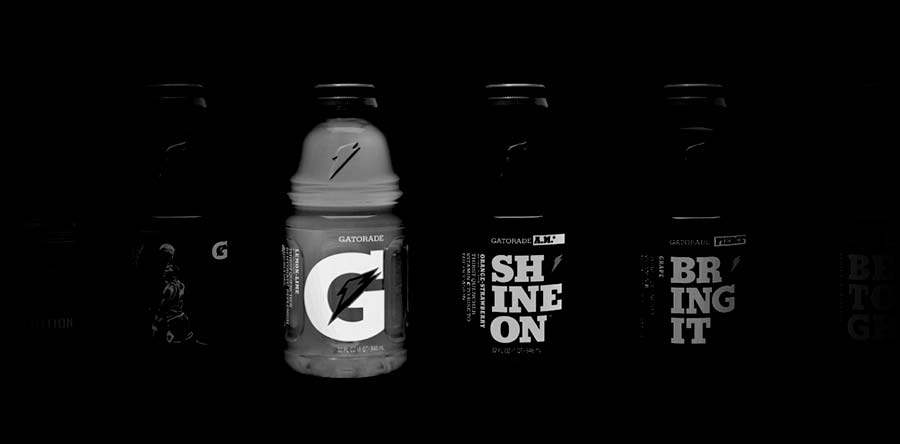
Have you ever wondered why you don’t feel as fresh on the fourth day of the race regatta as you did on the first day? Sure, you’re tired, you’ve been racing all week, but is it possible that you’re not recovering like the other athletes? After the last race of the day, everything you do with your body after that moment affects your recovery for the races the next day. Let’s take a look at some important recovery tips and techniques that will help you get back 100% to the next race day, no matter how much you destroyed yourself in the water that day!
Windsurfing produces lactic acid for a long time – especially in stressful racing conditions. A good recovery program at the end of each race or training day is ESSENTIAL.
When is it important to do recovery?
After a long workout, or if you have had several workouts in one day.
Compete in more than one run a day.
Compete regularly.
Competitions over long periods of time (i.e. several days).
History or current injuries
High degree of muscle fatigue/damage (i.e. strong winds/waves, etc.)
What is most the important factor?
There are four main aspects to consider in recovery:
Warm down straight away
Stretching & mobility
What you eat
Sleep
Start Warming Down Now!
Spend 5-10 minutes warming up after each training session or competition day. This starts the recovery process and improves the removal of waste from the muscle system. A short walk on the beach or a very light jog in the park across the street is enough.
Stretching
Just five minutes of light stretching. Calves, tendons, ATVs and shoulders are usually stretched after windsurfing. This stretching is done in order to relax the muscles, so there is no need to stretch for 60 seconds, it is better to do static stretches for 5-10 seconds.
Hydration & Nutrition
Here you will need 3 things: liquids, carbohydrates and proteins. Concentrate on rehydration with the liquid as the top priority, then refill with carbohydrates and proteins. There are many liquid drinks with added carbohydrates/protein to make this task easier.
Once you have finished the final race of the day and gone to the beach, ALWAYS after this moment you apply yourself to your body, this will affect your recovery the next day. Maybe skip this kilo of Coke and try a protein cocktail and some cold pasta with a bottle of water.
Sleeeeeeep!
The basis for a good recovery is always SLEEP. Sleep is probably the most important and significant process in recovery, although many people pay little attention to it during races. Most recovery and regeneration processes of the body occur during sleep, so try to sleep half an hour earlier to help these processes. Strive to get 7-9 hours of sleep after days of heavy training or running to give your body a better chance of recovery.
Advanced Recovery Strategy
After you’ve finished the basic 4-step recovery process and feel comfortable, maybe it’s time to think about those advanced recovery methods to give your body all the help it needs to get back in shape for the next run the next morning. These advanced recovery techniques will only give you a real advantage if your sprain, nutrition, and sleep are already up to standard. These advanced techniques, used without a decent night’s sleep, may not give you any results; and are also logistically more complex and expensive than the simple 4 steps mentioned above. The best methods include:
Contrast Water Therapy
Immersion in cold water
Compression Clothing
Contrast Water Therapy
The change between hot and cold water throughout the body helps increase blood flow and stimulates the central nervous system, which can reduce swelling, reduce stiffness, increase range of motion, reduce muscle pain and improve the removal of metabolites. Studies show that a uniform immersion time in hot and cold water in a bath/sleep or shower is ideal. For example, 2 minutes in cold water in the bath, then 2 minutes in hot water under shower, then repeat this 3 times.
Always finish with cold water to reduce body temperature and inflammation. This cools the whole body, which is perfect for healing.
Immersion in Cold Water / Ice Baths
Immersion in cold water (better known as an ice bath) is a great way to reduce muscle and core temperature, reduce metabolism, reduce inflammation, increase blood circulation, reduce pain and muscle spasms. The best temperature is about 15 degrees, sitting in the bath for about 2-5 minutes, although you can actually get decent results just by using cold tap water and staying under water for 5-15 minutes. Another option is to walk on sea water for 5-10 minutes after the end of the deworming (until the “tropical island” is not hot).
Compression Garments
Wearing compression clothing after swimming is a great way to reduce muscle pain, increase blood flow and decrease lactate levels. Complaints from many manufacturers about the intended benefits for use during training have not yet been confirmed.
For windsurfers, where we use A LOT leg strength, full length tights are an excellent option. These full length tights, like a pump, push the blood into the heart of your feet. If you have been swinging a lot that day, a full length shirt might also be a good option.
Jo Vaille, a recovery specialist at the Australian Institute of Sports, recommends that you approach recovery in this order:
Warm-down and stretching.
Eating (i.e. sports drinks / food).
Hydrotherapy (using water or a shower).
Put on compression clothing (you can wear them for 2 hours or more).
Nutrition (food – usually dinner).
Massage (self-massage, using a roll of foam or ordering a masseur if possible!).
